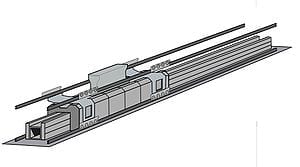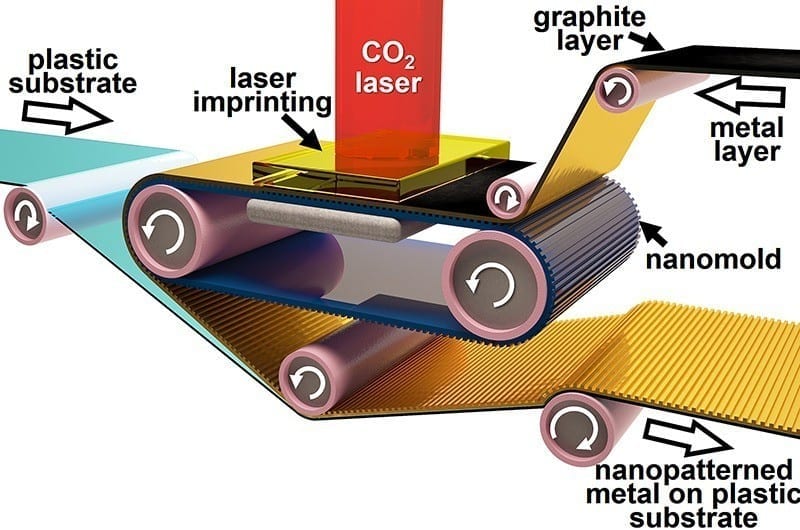It might be possible to use linear motors for landings, too.
READERS of a certain age may remember “Fireball XL5”, a children’s television programme devised by Gerry Anderson about a spacecraft of that name. Instead of taking off vertically, as real spacecraft do, Fireball XL5 sat on a rocket-propelled trolley that accelerated it horizontally to launch speed.
And that, in effect, is what engineers at Airbus, Europe’s largest civil-aviation company, are proposing in their latest bout of blue-sky thinking. Apart from the fact that the trolley would be powered by linear-induction motors (specialised electric motors currently employed in high-speed trains like the one that runs to and from Shanghai’s airport) rather than rockets, they are suggesting that the fantasy of 1962 might become the reality of 2050.
Mindful that many passengers are already nervous about the whole process of getting a plane airborne, the engineers prefer to call their proposal “Eco-climb”. But the idea is straight out of “Fireball”. The aircraft to be launched would sit on a platform that ran along a track where the runway would otherwise be. The platform would accelerate to take-off speed, at which point the plane would lift into the air powered by its own engines.
Taking off in this way would both save fuel and make life more pleasant for those who live near airports. Aircraft engines are optimised for level flight at cruising speed in the stratosphere. Using them to accelerate a plane on the ground wastes a lot of fuel. An induction-motor-powered platform, by contrast, would be optimised for the job at hand. It could launch the plane at higher speed, letting it climb faster. That would save fuel, too. It would also mean fewer people on the ground suffered aircraft noise. And it could do all this from a track that was a third shorter than a conventional runway.
Altogether, according to Airbus’s back-of-the-envelope calculations, Eco-climb would reduce fuel consumption by 3% on a typical 900km (560-mile) flight, even with existing aircraft designs. But it would also allow for the design of lighter aircraft, with smaller engines, which would cut fuel consumption, noise and emissions further.
Nor is the idea complete fantasy. General Atomics, an American military contractor, has already built and tested a linear-induction-motor-based system of this sort at an airbase at Lakehurst, New Jersey. The General Atomics system is now being scaled up to be fitted on a new generation of aircraft carriers for the American navy.
A launcher powered by a linear-induction motor has several advantages over the steam-driven catapults used on existing aircraft carriers, according to General Atomics. Whereas a steam catapult lets rip with a constant force, the speed and power of a linear motor can be controlled to provide smooth acceleration. That extends the life of an aircraft by subjecting it to less stress. It also makes for a more comfortable take off. And the launch shuttle can brake quickly once the plane has lifted off (and then return for another launch) by reversing the current running through the motor.
via The Economist
The Latest Streaming News: Linear-induction-motor-based system updated minute-by-minute
Bookmark this page and come back often
Latest NEWS
Latest VIDEO









